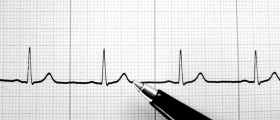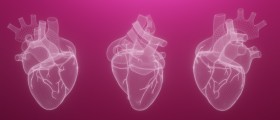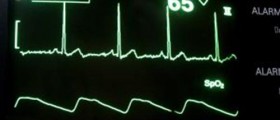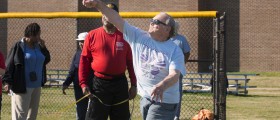
Why heart rate changes?
Our bodies are like a machine. If you need a machine to do whatever it does, it will need fuel. If you want it to do more than to rev idly, or to do whatever it does quicker, it will require more power. And, using more power means using more fuel. It is the same with us. We are always 'on' and it is heart's job to pump blood that will carry oxygen and nutrients around the body to power our cells. But when we go into action (which is just about anything but sitting or lying motionless), we will start to burn more oxygen. It is up to the heart to increase oxygen supply by making oxygen-rich blood run quicker.
Then the heart increases its pace, and heart rate goes up. Once when our activity level lowers, the heart will gradually slow down. Heart rate is typically measured in beats per minute (bpm) and how fast a heart beats at certain situation or level of activity depends on numerous factors, such as age, sex, level of fitness, medical condition, genetics and others. However, a certain range of beats per minute is regarded as healthy.
Idling heart
Before you begin your quest for healthy heart rate, you will need to know what is your heart rate at rest (as mentioned, 'rest' is regarded as absence of any kind of physical activity). Typical heart rate at rest for an average adult is within the range of 60 to 80 beats per minute. In more fit adults, heart rate at rest is lower and can be anywhere from 40 to 60 beats per minute.
Your family doctor should be able to tell you where your heart rate should be. Your heart rate at rest can be measured when you have just awakened. Stay still and feel your pulse, count number of your heart beats in minute. This is your heart rate at rest. If you are below 80, you are fine. You can monitor your fitness level by comparing heart rates at rest from different time periods.
Where is healthy range for me?
As noted, a doctor should tell you what your healthy heart rate should be. However, there are general guidelines for average Joes like you and me. Your maximum heart rate can be calculated by using a simple formula: max. heart rate = 220 - your age. In example, if you are twenty years old, your max bpm would be 200, and if you are forty, it would be 180, etc. Your ideal heart rate when active would be between 50 percent and 85 percent of your maximal heart rate.


_f_280x120.jpg)














Your thoughts on this
Loading...